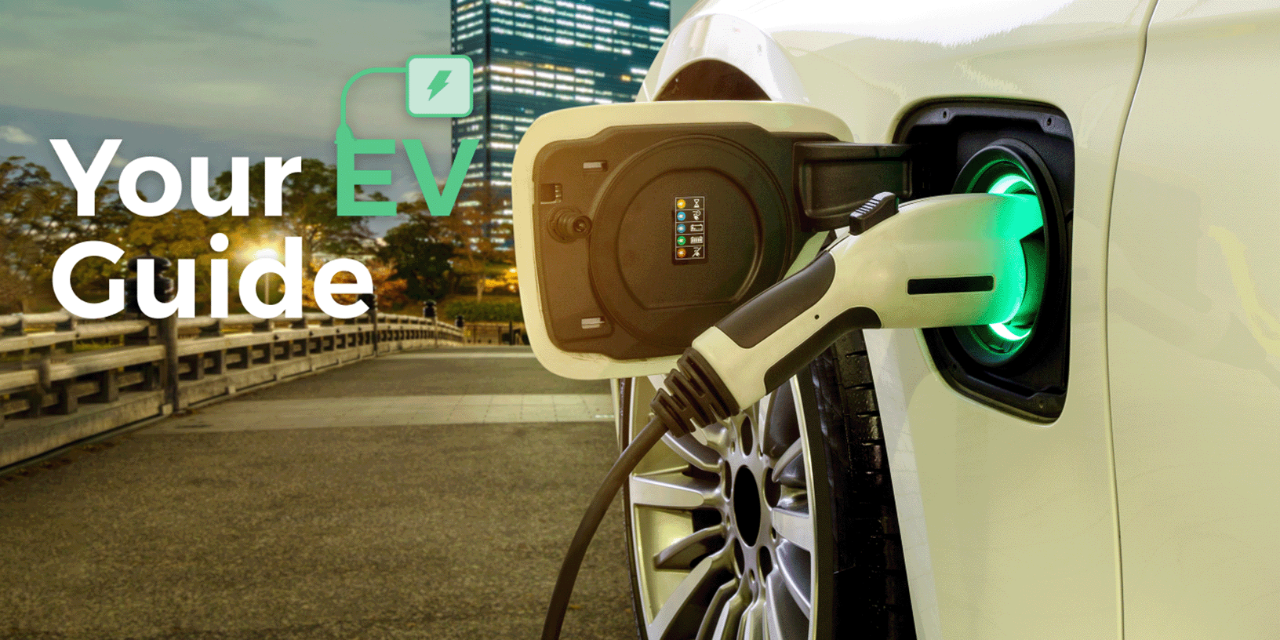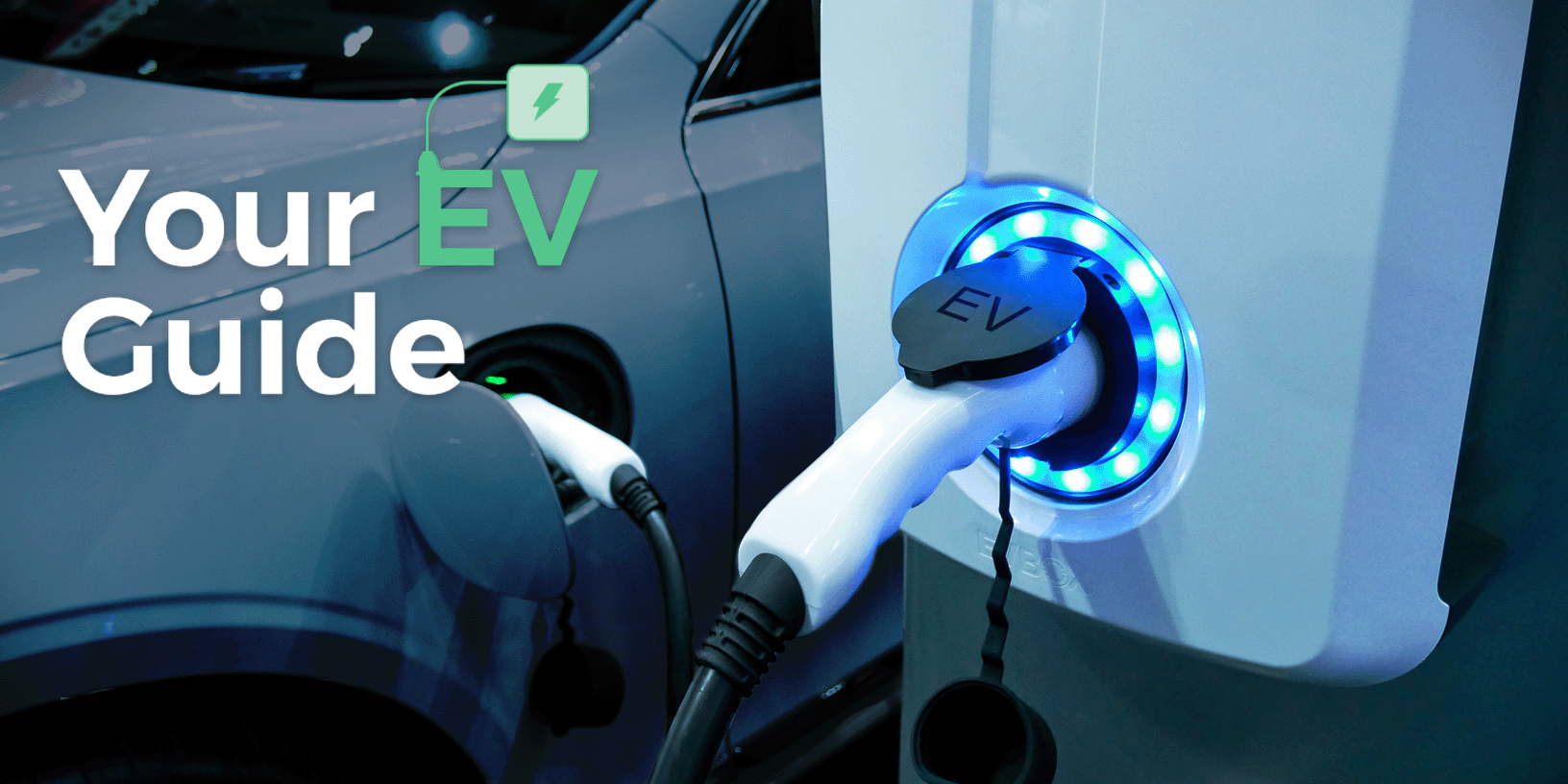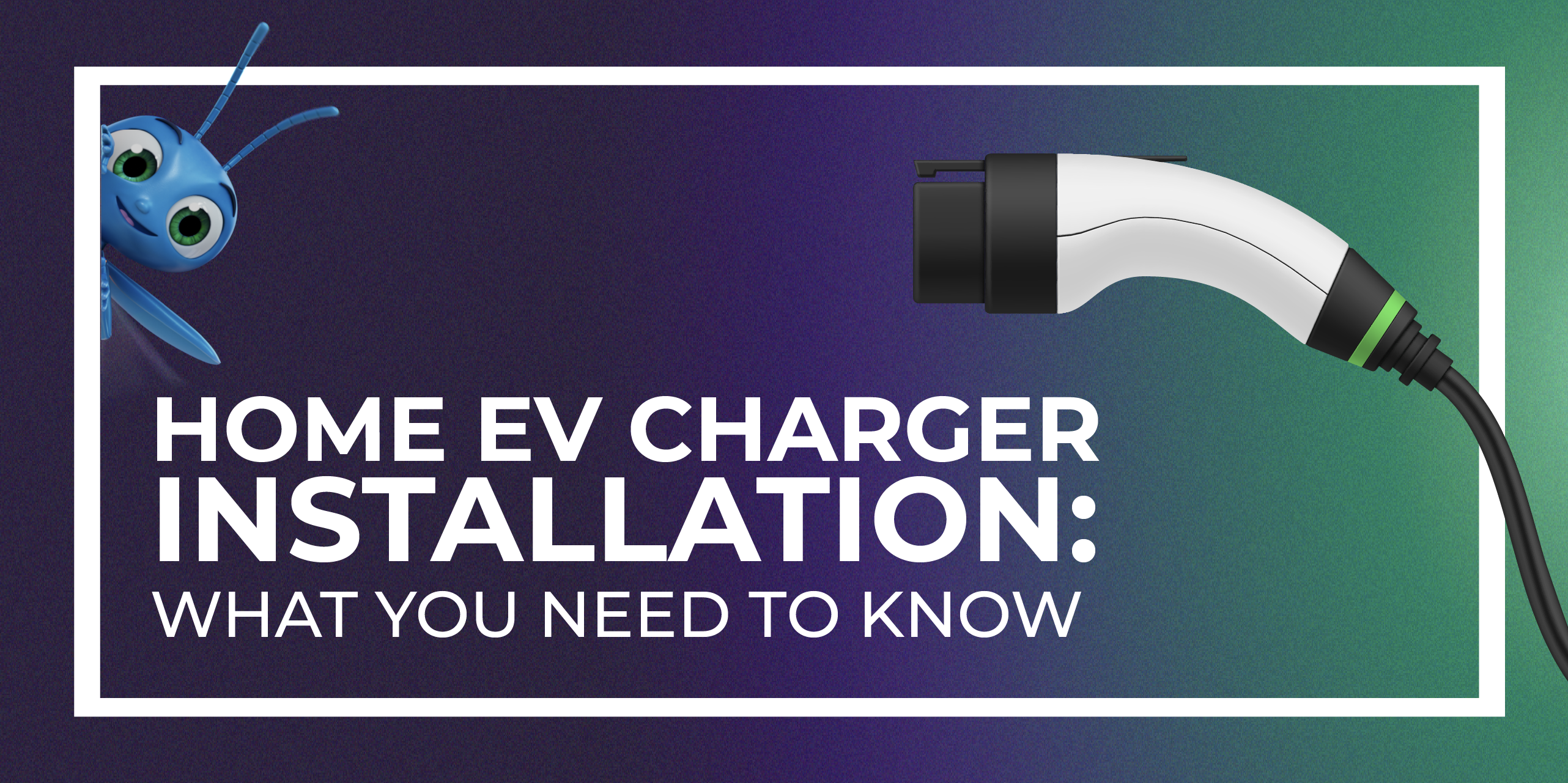Green Mountain Energy® Blog
Considering an EV? Here Are 4 Things You Need to Know.



If you’re wondering how you can reduce your carbon footprint, beyond clean electricity, an electric vehicle (EV) may be for you. Driving an EV is the ultimate in green living — you’d be tackling your second largest source of emissions: transportation. Read on for what to keep in mind while you shop for the perfect clean ride.
1. Compare range and daily use
Driving range is a key factor for determining if an EV is right for you. Consider whether the vehicle will be used daily and where you’ll be headed. Many of the newer EVs can travel more than 200 miles on a single charge, so if you’re planning to use it as a commuter car or in town for errands, you’ll probably be okay.
To play it safe, you could use a driving log. Over the course of a few weeks, you can track just how many miles you travel throughout your day. You may find that it’s fewer than you think! If you’re considering your EV as a traveling vehicle, you’ll want to look into the charging infrastructure along the routes you plan to take.
Roadshow compiled a list of every electric vehicle, along with its range, currently on sale in the U.S. This comprehensive list shows you what’s on the market and how far the EV can take you.
2. Assess your charging infrastructure
If you plan to use your EV for long periods of time or for longer trips, you’ll want to review the charging infrastructure locally and across the country. If you live in a larger city, you might find charging stations at warehouse stores, grocery stores or even your employer. When you take a trip out of town, you’ll definitely want to plan your route based on where stations are located. Open Charge Map is a public registry of EV charging stations and is a helpful tool when going out of town.
3. Look into incentives and rebates
When considering the cost of a particular vehicle, be sure to research what federal and state incentives or rebates might be available to you. Plug In America has a page solely dedicated to this benefit and lets you review incentives by state.
4. Understand home charging options
You’ll want to make sure that you’re equipped and prepared for the kind of charging station you’ll want at home. There are three types.
- A level 1 charger simply plugs into a standard 120-volt wall outlet and is ready to go. It is the slowest of the three, providing about 5 miles of range for every hour the car is plugged in.
- A level 2 charger uses 240 volts and is similar to the installation process for electric dryers or ovens (which also use 240 volts). It charges the car approximately 4 times faster than the level 1 charger, meaning you’ll get about 20 miles of range for every hour the car is plugged in.
- A level 3 charger is also called a DC Fast Charger. These are mainly used in commercial settings and not available for home installation (because they require 480-volt, three-phase power at 100+ amps, if you want to get technical). Their charging time is incredibly fast — about 30 to 100 times faster than a level 1 charger, with an average charge taking about 15 minutes. The level 3 charger is so fast, EV drivers usually wait on-site for their cars to finish charging.
Since you’ll probably do most of your charging overnight at home, it’s important your electricity provider helps your clean vehicle stay clean when it’s charging up. Green Mountain supports living greener and commuting cleaner with 100% clean electricity plans. The Solar All Nighter for EVs plan and the Solar with Green Mountain Driver plan are great fits for those who are plugging in to a cleaner landscape.
For more information about the latest in the EV landscape, read our blog Make Your Next Ride Clean with an Electric Vehicle.
Choose the solar energy plan that’s perfect for your EV.
Blog Categories
Related Articles
Our customers have avoided
pounds of CO2
That’s like planting
new trees.





